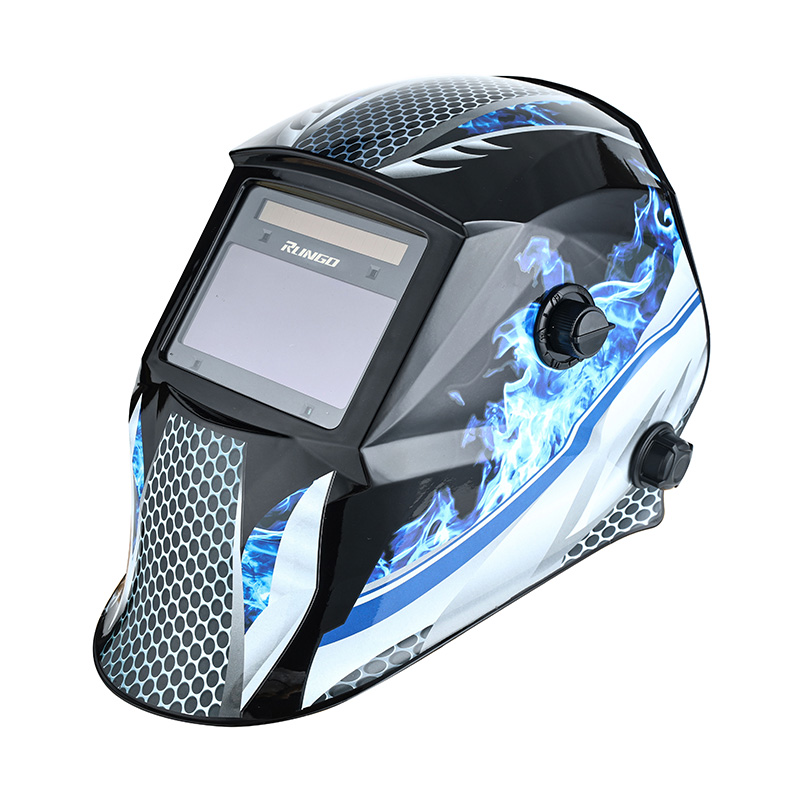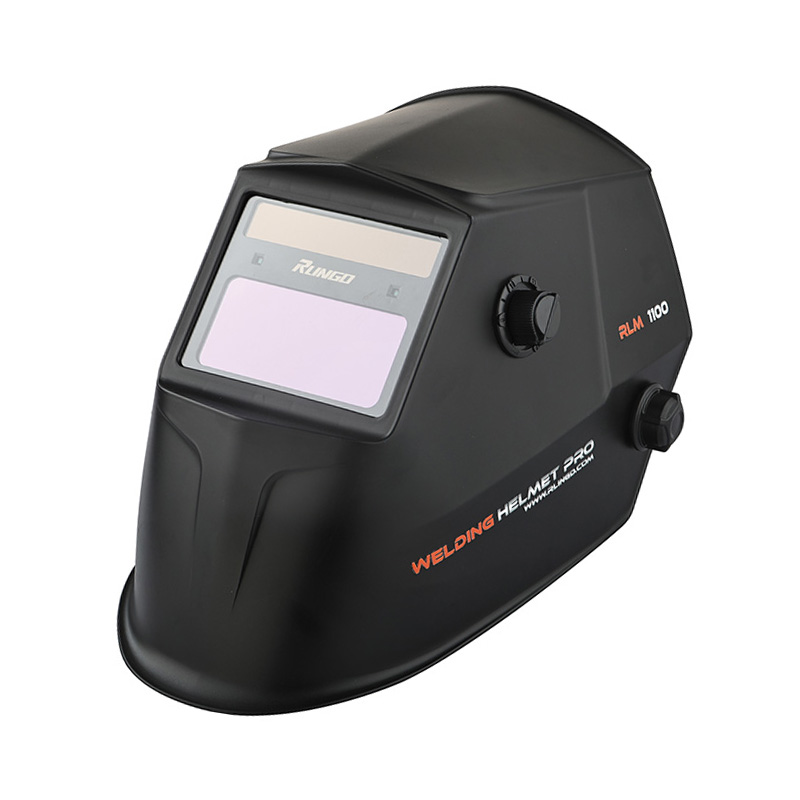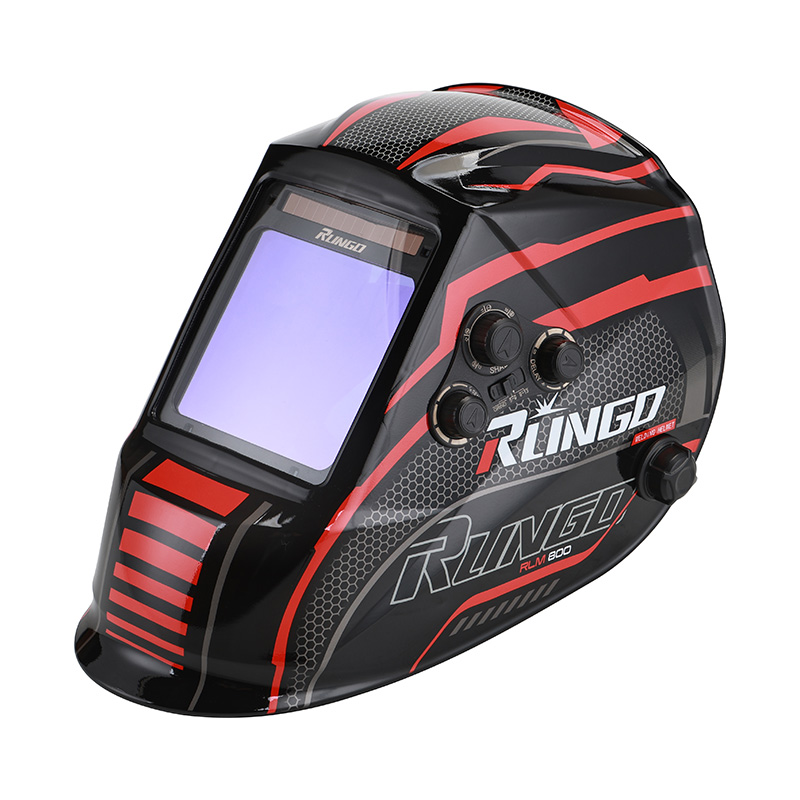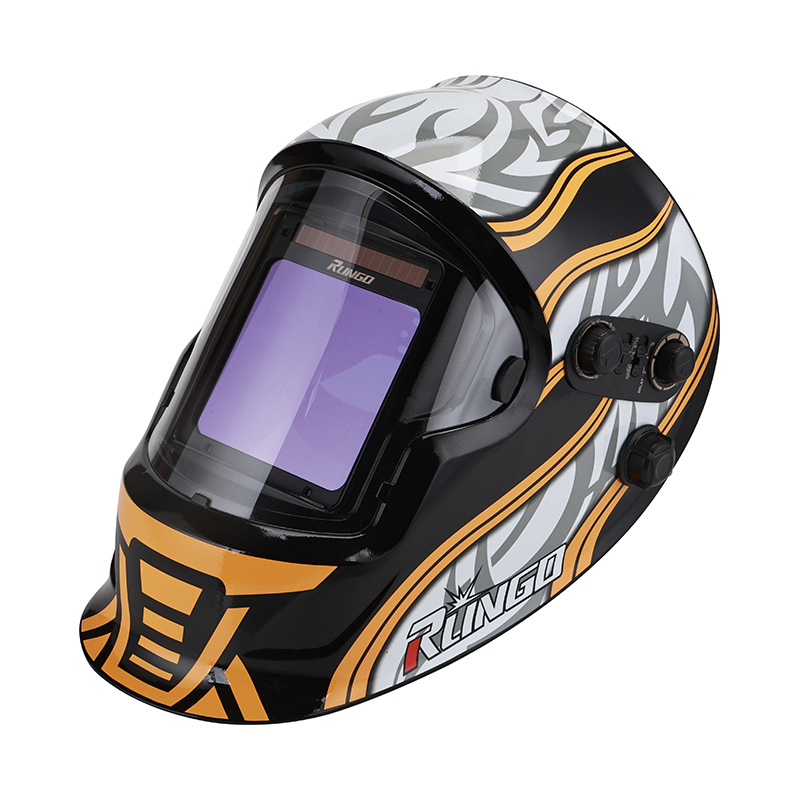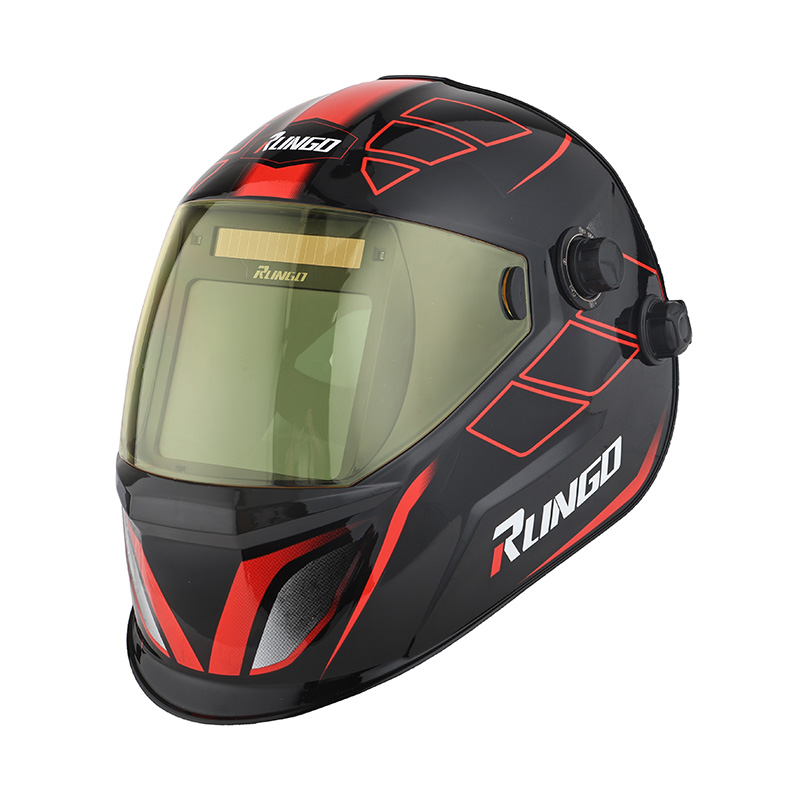Understanding Light Intensity Regulation in Auto Darkening Welding Helmets
2025-05-09
How Sensors Detect Light Intensity
At the core of the Auto Darkening Welding Helmet is a series of light sensors that continuously monitor the surrounding environment. These sensors detect the amount of light emitted from the welding arc. When the welder strikes the arc, the sensors immediately recognize the surge in light intensity. Depending on the brightness level, the sensors send a signal to the auto-darkening filter to adjust the lens shade accordingly. This rapid response helps the welder maintain a clear vision of the workpiece while protecting their eyes from harmful radiation.
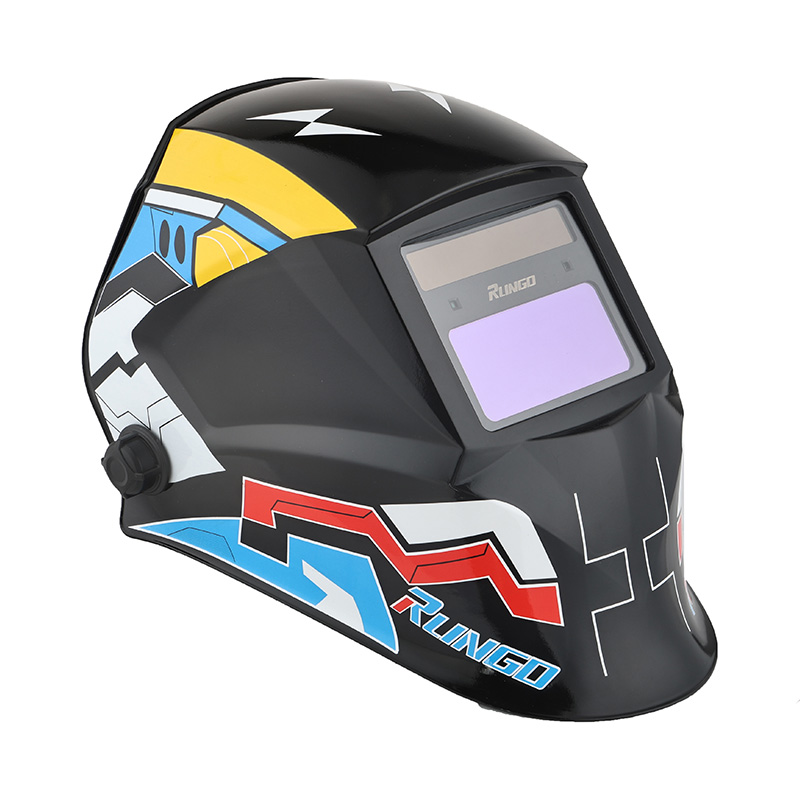
Adjustable Shade Settings for Versatility
One of the key features of an Auto Darkening Welding Helmet is the ability to adjust the level of darkness (or the shade) based on the specific welding process being performed. Most helmets offer a range of shade options, typically between #9 to #13, with some high-end models even offering a wider range. Welders can adjust the settings to match the requirements of the material being welded and the type of arc used. For instance, TIG welding, which uses a low amperage and produces a relatively soft light, might require a lighter shade, while MIG or stick welding, which involves higher amperage and brighter arcs, requires a darker shade.
Sensitivity and Delay Controls for Suitable Performance
In addition to adjustable shade settings, many Auto Darkening Welding Helmets come with sensitivity and delay controls. Sensitivity controls allow the welder to fine-tune how quickly the lens darkens in response to light intensity. In environments with variable light, a higher sensitivity setting ensures the lens reacts quickly to changes in light intensity. Conversely, for stable lighting conditions, a lower sensitivity setting may prevent premature darkening. The delay control, on the other hand, governs how long the lens stays dark after the welding arc has stopped. A longer delay prevents the lens from lighting too soon, giving the welder enough time to finish any after-welding processes.
Why Is Customization Important in Welding?
Different welding techniques and environments require specific adjustments to the auto-darkening feature. For example, when working with thicker materials or higher amperage, the welding arc will be significantly brighter, requiring a darker lens. On the other hand, precision work with thinner materials, such as TIG welding, often benefits from a lighter shade for better visibility of the weld pool. The ability to fine-tune light sensitivity and shade level allows welders to be more precise and comfortable in their work, improving both safety and performance.
Conclusion
The ability of an Auto Darkening Welding Helmet to adjust to different light intensities is a vital aspect of modern welding safety and efficiency. By automatically adapting to the brightness of the welding arc, the helmet ensures welders are protected from harmful UV and IR radiation while maintaining suitablevisibility of the weld pool. The added customization options—such as adjustable sensitivity, delay controls, and shade settings—enhance the helmet’s versatility, making it suitable for a wide range of welding applications. With these advancements, the Auto Darkening Welding Helmet continues to be an indispensable tool for professionals and hobbyists alike.



